
2 December
Brief History of Jewelry :
People started using jewelry over 100,000 years ago, such as a bracelet made from an eagle's talons was discovered in Croatia in 2013. Even before the discovery of precious metals and gems, humans have been adorning themselves with ornaments. Throughout history, jewelry has been worn as a symbol of one’s social rank, aside from its cosmetic function. In Victorian England for example, usually upper-class women wore jewelry.
Here, Jennifer Dawson looks at how jewelry has evolved and how the mindset about jewelry has changed through the years.
Broad collar of Senebtisi, Egypt, circa 1850 –1775 BC. Source: Metropolitan Museum of Art, here and here.
Primitive Era
In prehistoric times, people chose materials that came from their immediate environment. Women wore necklaces of snails and shells that symbolized fertility and motherhood. Men adorned themselves with animal teeth and claws, which signified strength and the ability to hunt, feed, and protect their families. Aside from being ornamental, jewelry during these times functioned much like an amulet - a good luck charm that protected them.
Days Of Yore
Jewelry that was made out of precious materials surfaced 5,000 years ago. In Mesopotamia, jewelry was fashioned from metals designed as leaves, spirals, and bunches of grapes and inlaid with brightly colored stones. The Ancient Chinese had high regard for jade and silver. Brooches made of precious metals were used in Ancient Greece and Rome to clasp clothes together. Mayan jewelry was generally made from jade, gold, bronze, silver, and copper. Gold was highly coveted in Ancient Egypt such as was displayed in artifacts from King Tut’s tomb. These ancient cultures considered jewelry as a status symbol and only the affluent wore it.
In the middle ages, religious themes predominated in jewelry design. Crosses were designed with pearls symbolizing purity or rubies representing the blood of Christ. Other ornamental items like combs, buckles, and hairpins were also designed using silver, gold, and gems. While the wearing of jewelry was not limited to nobles, the materials used differentiated the ranks. Royalty and nobility wore jewelry made from gold, silver, and precious gems, while those from the lower classes wore ornaments made from base metals like copper and pewter.
The age of exploration had a considerable effect on the development of jewelry. This period showed the ascendancy of gemstones from all over the world. Precious stones like diamonds from India, rubies from Burma, emeralds from Colombia, and sapphires from Kashmir in northern India were highly coveted by jewelry designers and their patrons because of their hardness, refraction, and transparency.
Modern Period
As times and traditions changed, the frame of mind about jewelry has also transformed. It has become a mode of self-expression and creativity that’s not limited to costly metals and stones. Jewelry can now also be made from textiles, leather, plastic, glass, or crystal. Fashionable and luxury jewelry is worn by people from all walks of life. Women can also buy their own, unlike in the past when it was far more common for jewelry to be a gift from a father or spouse. These days, one wears jewelry to reflect their mood, style, and indiviSindhulity.
The great merit of gold is precisely that it is scarce; that its quantity is limited by nature; that it is costly to discover, to mine, and to process; and that it cannot be created by political fiat or caprice.”

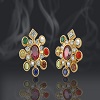
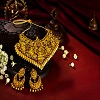
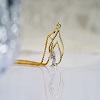
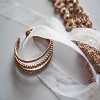
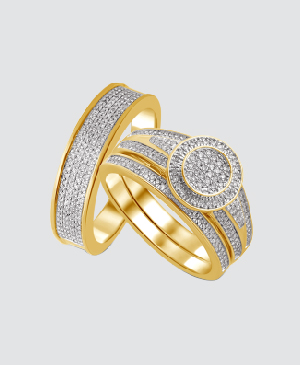
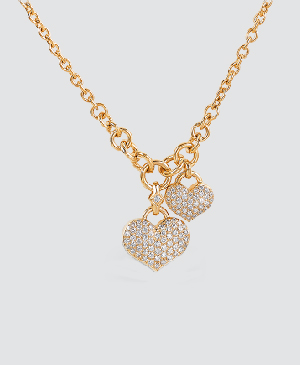
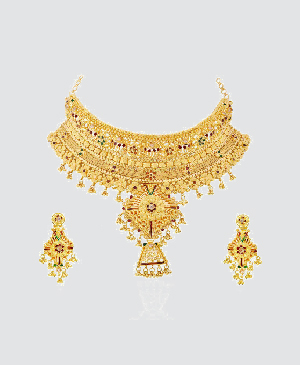
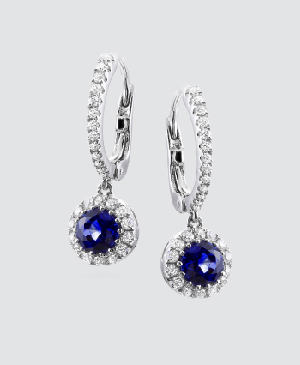
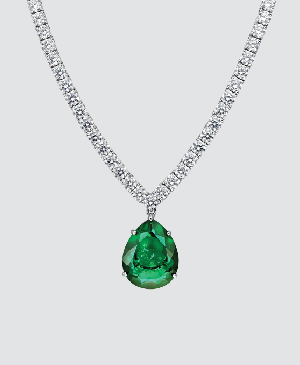
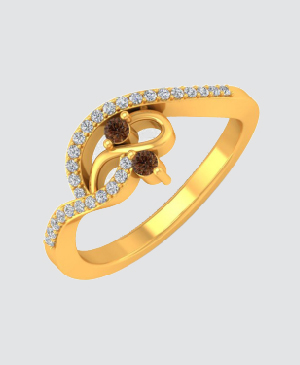
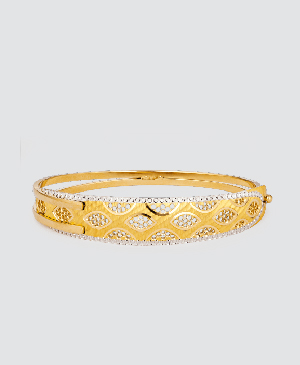

Leave a Comments
Your email address will not be published. Required fields are marked *